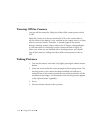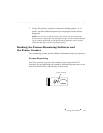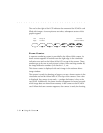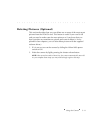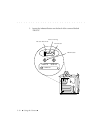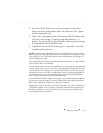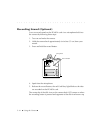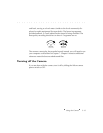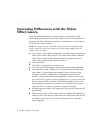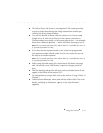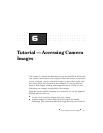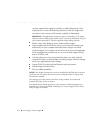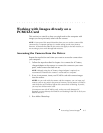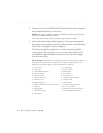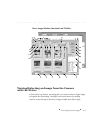
. . . . . . . . . . . . . . . . . . . . . . . . . . . . .
5-16 Using the Camera
Operating Differences with the Nikon
N90s Camera
There are differences between normal operation of the Nikon N90s
camera and its operation as part of the camera system. For that reason we
provide a list of the differences, and other considerations, as you begin to
work with the camera system.
NOTE: We assume that you are familiar with the operation of the Nikon N90s
camera; refer to the instruction manual for the Nikon N90s supplied with the
camera system if needed.
You use the camera back incorporating a Kodak imager instead of the
Nikon N90s camera back for film. The camera back comes attached
to the Nikon camera body, and should not be separated except to
clean a dirty imager as described in Chapter 7.
You use no film.
Nikon film camera backs cannot be used.
You must use an ISO setting as listed in the Specifications appendix.
The amount of “noise” (defects) in an image increases linearly with
time; there is a slow progression of added noise as exposure time
increases. Similarly, a higher ISO (if supported by your camera
model — refer to the Specifications appendix), results in more noise
than a lower ISO, again in a linear progression. As a result, work with
shorter exposure times and lower ISO setting if possible, and avoid
long exposures. Exposures of more than 4–5 seconds (and occasion-
ally more than
1
⁄2 second) can produce noise in the image.
Multiple-exposure mode is not supported. Only the first exposure will
be recorded.
The focusing screen in the camera has been modified and indicates a
reduced view of the scene to match the size of the picture that will be
recorded on the imager. The screen is illustrated in the “Specifica-
tions” appendix.



